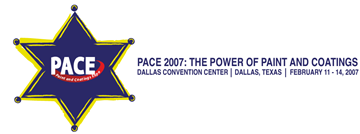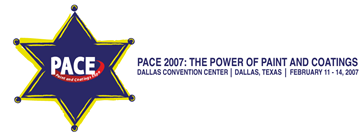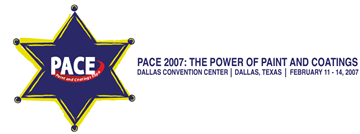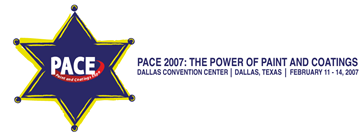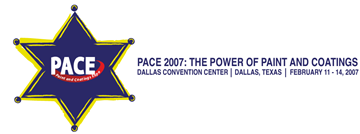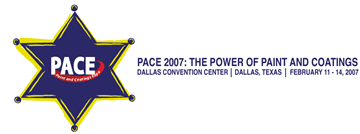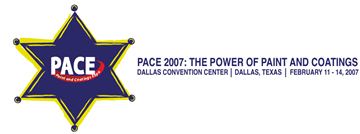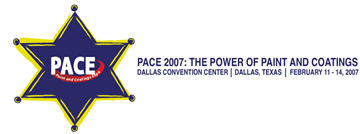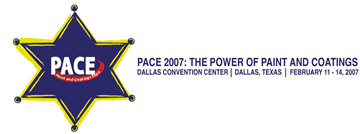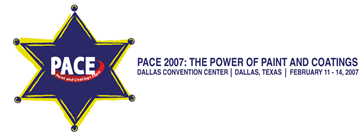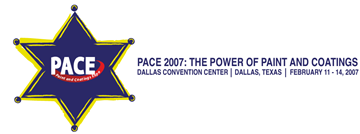Search
Products tagged with '2007 Conference Papers'
View as
Sort by
Display
per page
How to Maximize Your Profits Through Various Product Estimating and Application Tips and Techniques
Product Number:
41207-318-SG
Publication Date:
2007
$20.00
Impact of 3rd Party Inspection: A Case History on the Harbor Bridge
Product Number:
41207-305-SG
Publication Date:
2007
$20.00
Implementing Basic Statistical Process Control in Contractor Painting Programs to Improve Quality and Maximize Profit
Product Number:
41207-365-SG
Publication Date:
2007
$20.00
Improvement of Blasting Productivity by Optimizing Blasting-Related Operation Parameters
Product Number:
41207-303-SG
Publication Date:
2007
$20.00
Lead Stabilizing Additives: From Theory to Implementation
Product Number:
41207-329-SG
Publication Date:
2007
$20.00
Maintenance Coatings for Sport Facilities
Product Number:
41207-393-SG
Publication Date:
2007
$20.00

